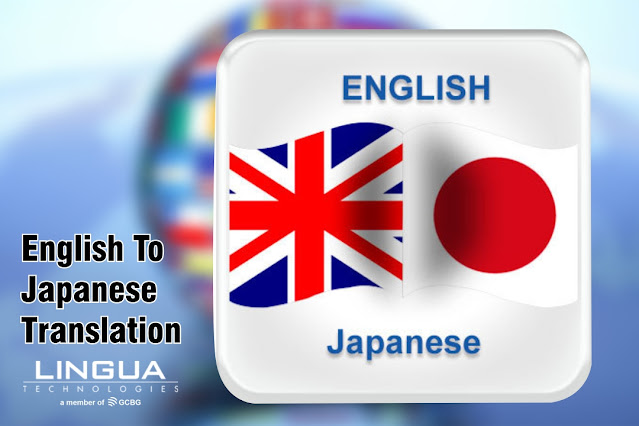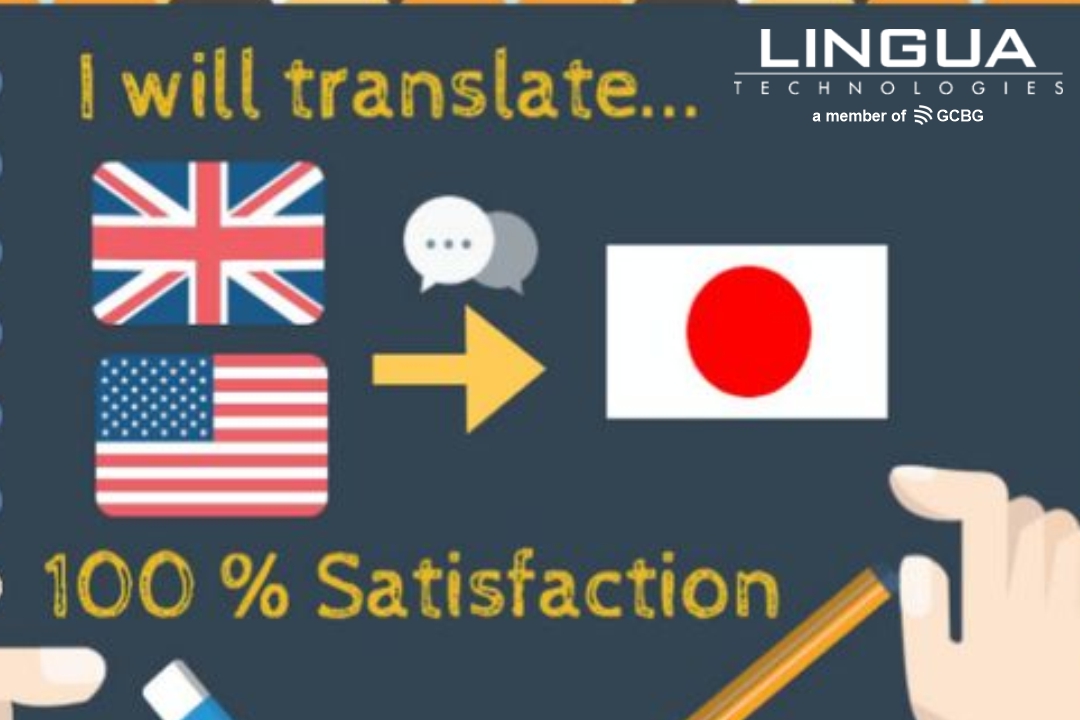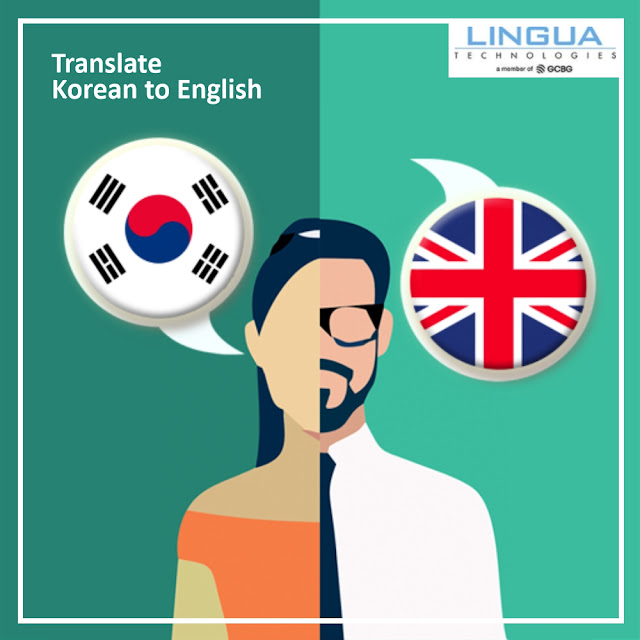Translation Guide for Translating English into Japanese
The third-largest economy in the world, Japan is continuing to draw businesses looking to translate their offerings into a different language. But there are challenges to overcome in translating information into English and Japanese. To ensure the smoothest translation, here's the guide for translators working on English to Japanese Translation.
Understanding the Japanese Writing Styles.
One of the things about Japanese that make translations challenging is the fact that it has three styles of writing. Translation services in Singapore are aware of which one to choose. The writing styles include:
• Kanji is a complex set of characters that represent concepts and concepts. As opposed to using phrases or phrases to express thoughts, Kanji uses strokes to convey meanings based on the place they are located within a set of characters.
• Katakana, The Katakana system is used to refer to names and foreign words and also for technical and scientific terms as well as for onomatopoeia. The system can also be used to emphasize certain words.
• Hiragana is used to refer to native Japanese words as well as for grammar structures.
If you are transliterating from English to Japanese in general, it's recommended to use the kanji, katakana, or a mix of both.
Tips to Remember While Translating.
If you are making an English to Japanese Translation then you must remember these rules:
• Some Japanese phrases can be unclear and the literal meaning of a word may differ from its intended meaning. A Japanese translation service that has native speakers of the language will be able to convey the meaning of the message.
• Be aware of the spacing required to accommodate characters. For Japanese documents, it is essential to be flexible in the amount of space needed for characters since the text will expand while translating into English Japanese.
• The grammar rules that apply to English and Japanese are not identical, but there are some significant differences that a Japanese translation company could be able to address. For instance, subject and verbs are typically placed near the start of sentences in English and are usually placed towards the conclusion of sentences in Japanese.
Conclusion
The process of translating the content from English and Japanese is not without its difficulties including cultural differences as well as grammar and the considerations of tone and style. To ensure an efficient translation process, you can seek the assistance of Translation Services in Singapore.





Comments
Post a Comment